20 November 2020
State national natural Park “buiratau” is one of the youngest parks in the country, along with Tarbagatai (established in 2018), which is located in the East Kazakhstan region. Buiratau Park was officially established in 2011. It is located on the territory of two regions of Akmola and partially Karaganda (Osakarovsky district). The total area of the Park is about 89 thousand hectares. The main part is concentrated in the Yerementau district, where the reserve of the same name was located,as well as the Belodymovsky zoo.
The main mission of the Park “buiratau” is seen in its name (“wavy” or “curly” hill or mountain). Which is a reference to the flora of these places. This Park is a place where unique alder and birch forests grow, as well as a special steppe ecosystem. Therefore, the region was recognized as a specially protected natural area, where human activity is limited.
Landscape and climate features
Buiratau nature Park is located in a rather specific landscape zone, namely, dry and moderately dry steppes. If you evaluate the location from the point of view of geography, it is the territory of the Kazakh small-hill area, as well as the low mountains of Chingiztau. Since the steppe has no access to the sea, the climate in these places is respectively dry and sharply continental. It is often dominated by anticyclones coming from Siberia, and cold Arctic air masses. Therefore, spring and summer are quite dry here. In addition, there is a large difference between summer and winter temperatures, and precipitation is unstable.
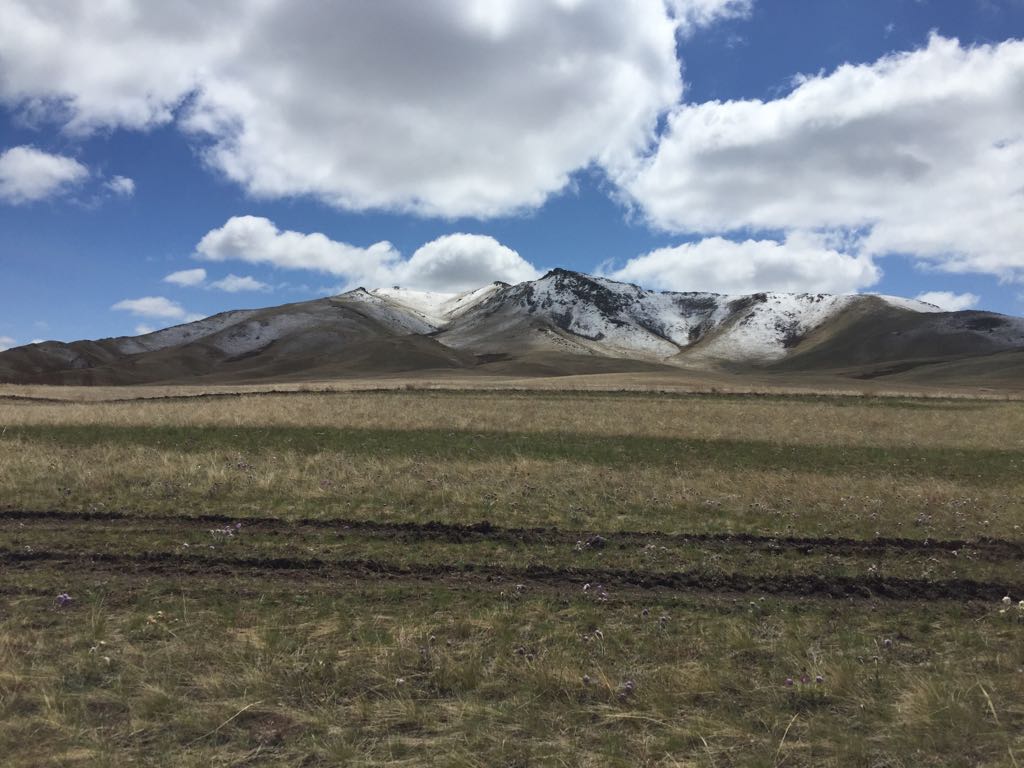
The terrain in these parts is not particularly diverse. Most often, you can find small low mountains and low hills and the largest variety of plains, from flat to undulating. There are valleys with non-permanent flowing reservoirs, small rivers and small lakes. On the territory of the Park there are quite a lot of small salty, mineral-rich lakes with a depth of no more than one and a half meters. The water in them is suitable for drinking wild animals. Among these reservoirs can be distinguished lake Bazigar, Agbai. As a rule, the region receives fresh water reserves from underground. Underground water is the main source of water supply. Fortunately, the level of mineralization in them is minimal.
Another source of water supply-though temporary, snowmelt. The landscape consisting mainly of valleys with an abundance of drains allows the process of snow melting to take place as efficiently as possible and replenish the rivers. However, the main part of thawing is completed in the first couple of weeks of spring.
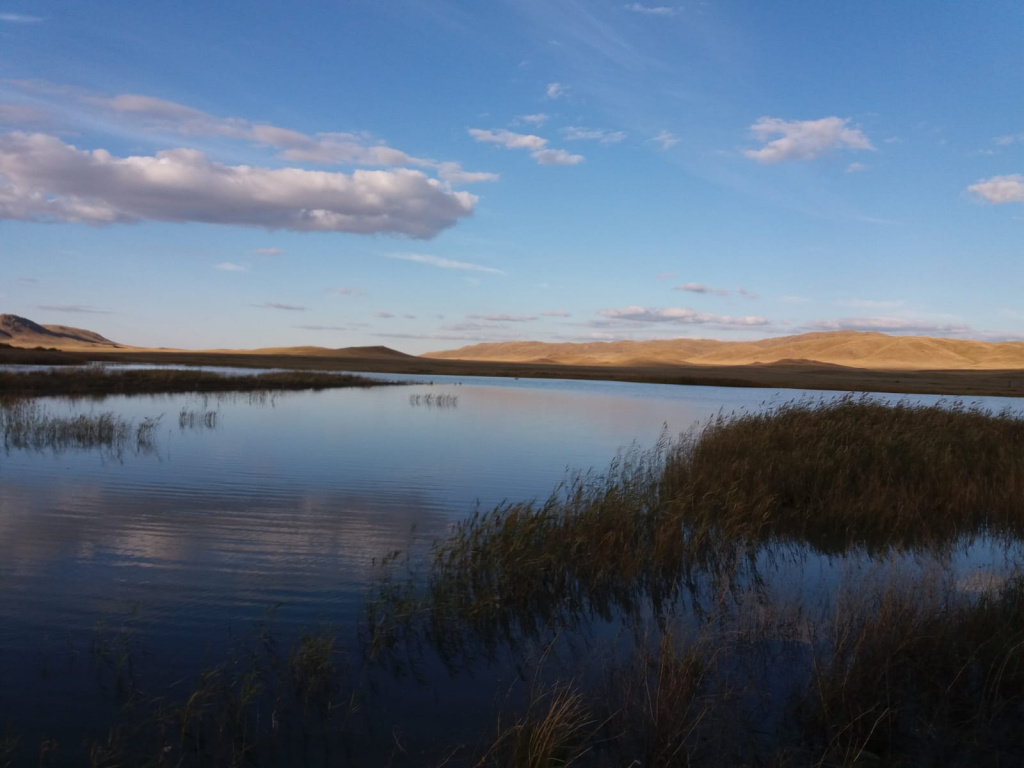
The uniqueness of the Park’s ecosystems lies in the fact that there are relict plants, and endemic species can be found here.
Mission of Buiratau Park
The main mission of the Park is to protect and maintain natural diversity throughout its territory. And all scientific research, environmental and educational work of buiratau employees is aimed at this.
When the Park still had the status of a regional Park, a large enclosure was built on this territory for breeding marals (or real deer, an artiodactyl mammal from the deer family). The fenced area has an area of 400 hectares. This aviary is considered the largest in Central Kazakhstan, where these noble animals are acclimated.

Each year, the Park staff releases a certain number of individuals into the wild. In total, more than a hundred deer were released. In the enclosure, deer can lead a habitual way of life as in the natural environment. In winter, they are fed by the Park’s employees, and their number and health status are constantly monitored. For this work, the Park has a special Department for the protection of reproduction of natural complexes.
“The first deer appeared in our Park in may 2002. They were brought to us as a gift from the Burabay national Park. A total of seven deer under one year of age were imported, including 4 males and 3 females. Subsequently, the number of animals increased. Previously, this territory was inhabited by marals, but disappeared about a century ago. Their disappearance was influenced by anthropogenic factors, primarily poaching. Also in August of this year, 10 individuals of steppe bison were brought to us, ” says Firuza Ismailova, a botanist, acting head of the Department of science and monitoring of the buiratau state scientific research center.

In addition to monitoring wildlife, the Department organizes various actions to prevent fires and illegal tree felling. It also keeps records of all cultivated plants in the Park, as well as seed conservation. The Department is also responsible for the sanitary work of the forest zone, the identification of diseases, and the establishment of foci of pest damage.
Animal world of the Park
The fauna of buiratau is represented by fish, amphibians, reptiles, mammals and birds. If we talk about fish, then as befits, in the dry steppes, its diversity is quite modest, if not meager. The reason for this is the closeness of reservoirs, a small depth and, as mentioned earlier, a fairly high salinity. The largest lakes: Agbai and Bazigar. The total area of these reservoirs does not exceed one hundred hectares. There is no exact information about the fish of these lakes. We only know that now the fish is found only in lake Aibi. In its waters, you can find silver carp (freshwater ray-finned fish from the genus of carp of the carp family) and carp (or common carp, a type of freshwater ray-finned fish of the carp family). At the same time, these waters are native to carp, and it was introduced by man.
Approximately the same situation in the Park is with amphibians. There are only two species: the green toad (a tailless amphibian from the toad family) and the sharp-faced frog (or swamp frog, an amphibian from the family of real frogs). Moreover, they are found in local reservoirs quite rarely. Reptiles in the Park a little more – three species. Quite common sand lizard (or nimble lizard or common lizard species of lizard from the family real lizards), rarely steppe Viper (species of poisonous snakes of the genus of these snakes of the Viper family) and grass snake (mostly found in the temperate latitudes of Eurasia, the appearance of real snakes, non-poisonous snakes of the family colubrid.
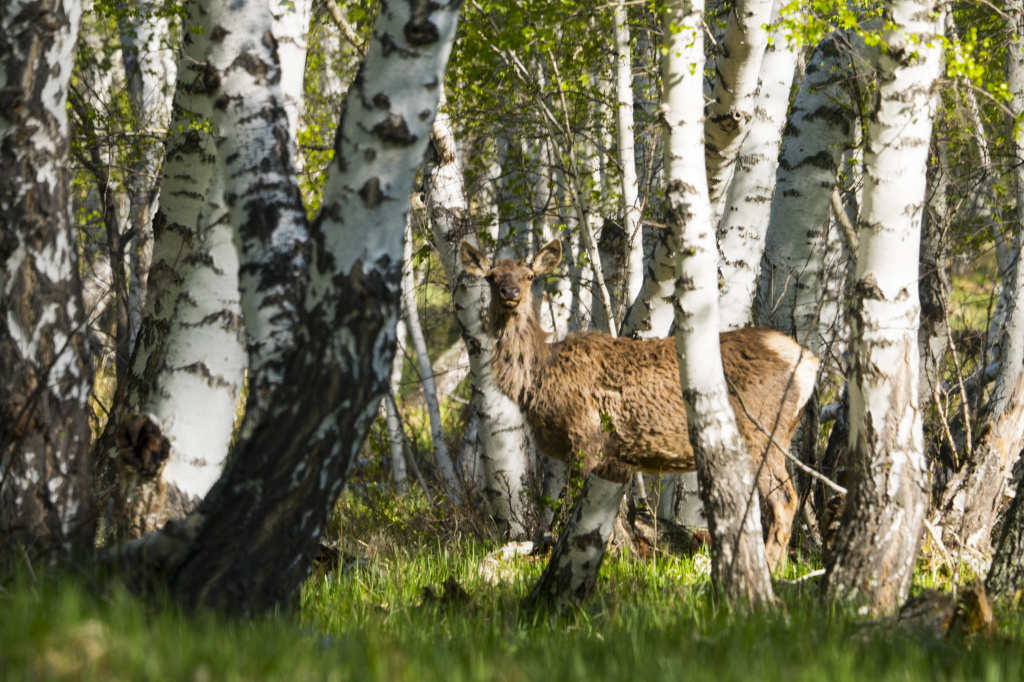
The conditions of the Park are favorable for birds, there are more than 150 species of them, some of them are listed in the Red book. There are birds that live on reservoirs, as well as steppe, forest and shrubby ones. The research identified 55 species of mammals. Of these, the mountain RAM (an artiodactyl mammal from the family polorogi, a subspecies of argali) and the steppe marmot (or common marmot, a rodent from the genus of marmots, an inhabitant of the virgin steppes of Eurasia) are particularly well studied.
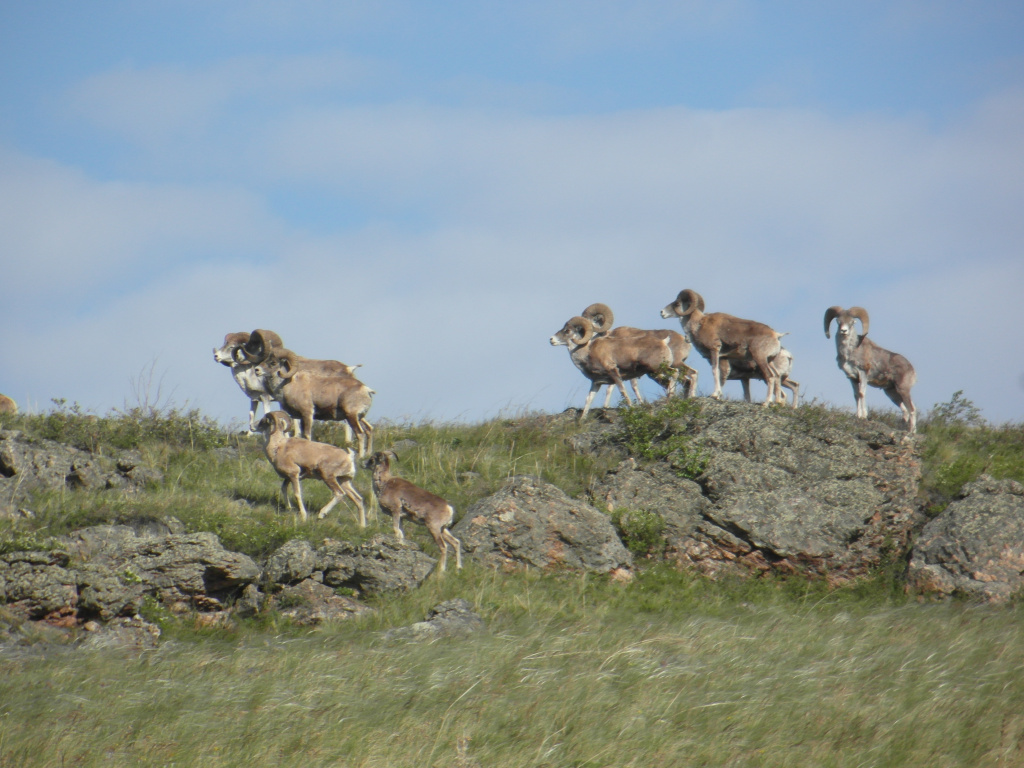
It is worth noting that argali is the only species of mammals in the Park that is included in the Red Book of Kazakhstan. Its number from year to year is kept at the level of 500 individuals. In addition, the list of the International Union for conservation of nature includes such local inhabitants as pond moth, ermine, polecat, Korsak, and lynx.
Flora
The area of the buiratau national Park is located at a considerable distance from settlements, and this is a guarantee that relict and endemic plant species will remain intact. By the way, last year the state of the Park’s flora was analyzed and calculations were made, during which it was found that more than six hundred species of higher plants grow here. Most of all, wormwood, lapchatki, and field onions grow on this territory. At the same time, scientists admit that these numbers are not limited to the flora of the region and new species may be found in the near future.
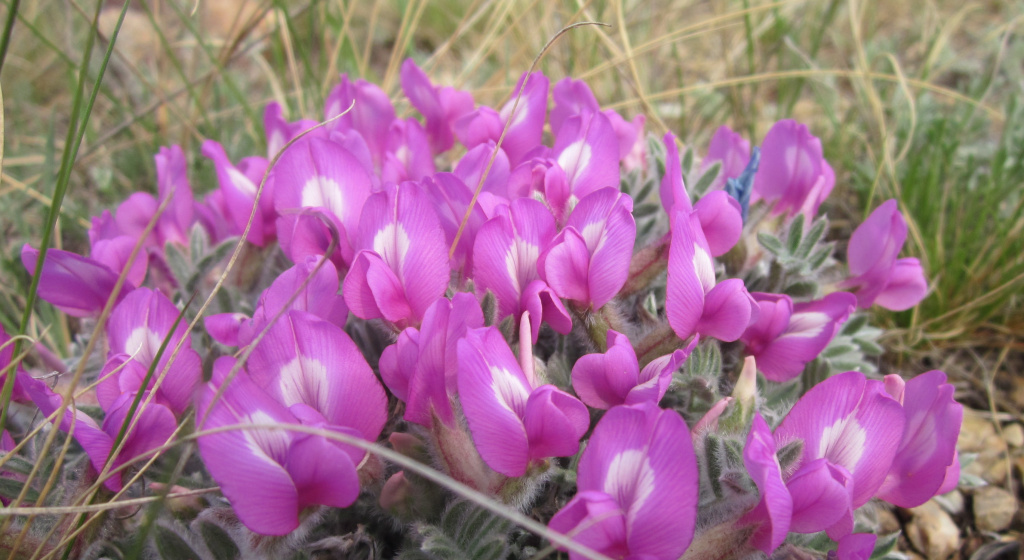
We should also mention the plants listed in the red book of Kazakhstan, they are also here. First of all, of course, it is sticky alder (or black alder, or European species of trees from the birch family), Kyrgyz birch, drooping Tulip, Volga Adonis and fluffy. For example, the drooping Tulip is a rather rare flower. This is a perennial herb from the Lily family. It is listed in 10 regional Red books of Russia, and in our country it has the status of a specially protected one.
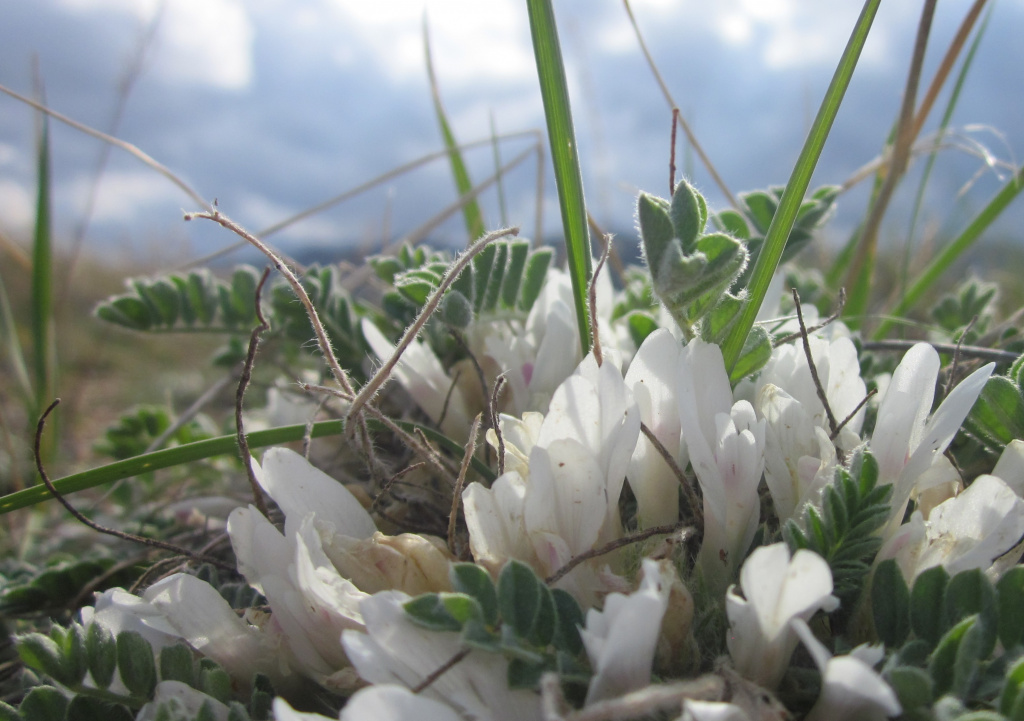
In General, seven endemic species grow in the Park, which, alas, are poorly studied. Unfortunately, it is the endemics of the Park that have a small number, so they are protected. In addition, they are particularly negatively affected by human activities, pollution, etc.
About ecotourism and its routes
The Park” buiratau ” focuses on scientific and educational tourism. Now there are four tourist routes: “Rousoku”, “Karagayly”, “Soushoku-2”, “Belodymovskiy”. Routes are divided into such areas as educational, tourist, scientific, and mixed. Excursions are usually conducted in summer, both in groups and individually.

“The total length of tourist routes is 131 kilometers. Three routes are on the territory Ereimentausky area one – Belodymovskiy, located in the Karaganda region. Osakarovsky district. Three routes are located on the section “Falcon mountains”, from yerementau this distance is 40 kilometers, and from Nur-Sultan 120 kilometers. There we have an area of 5 thousand hectares, where there are interesting tourist sites rock paintings, pine forests and springs. These routes are attractive because they are located in a beautiful location. Tour routes are fully equipped with gazebos, there is a Yurt in the ethnic style. On the site there is a mountain Zhaushoky, its height is 510 meters, near it there is a children’s climbing camp, there is a Yurt town”, – says Zhibek Ibraeva, acting head Of the Department of environmental education and tourism of the state unitary enterprise “buiratau”.
All tourist routes in the Park are seasonal, the season lasts from may to September. According to the type of movement they are combined, you can overcome it either on foot or by car. By the way, bike routes will be introduced next season.
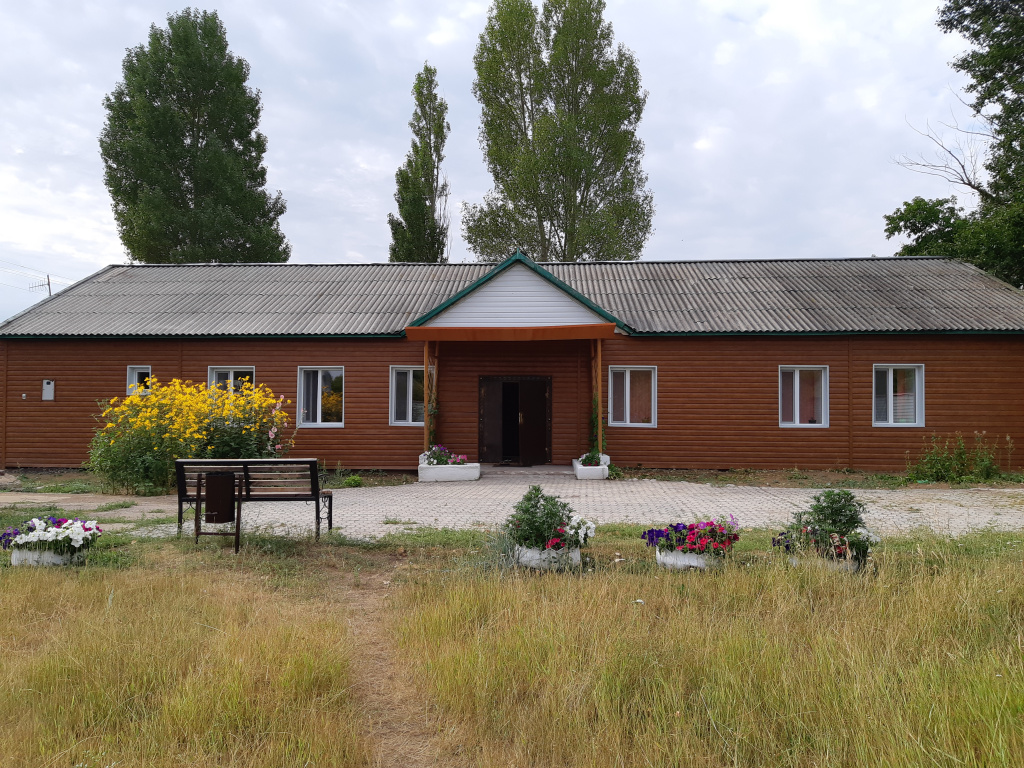
The aviary with wild animals mentioned above is located on the territory of the Belodymovsky branch and the tourist route passes through it. Therefore, tourists are guided tours of the aviary.
“Over time, we want to transform the aviary into a kind of Safari Park. In which tourists can observe animals in natural conditions. Also this route goes through the lake Aibi, where visitors can watch waterfowl. Next year, we plan to build a beach area on the lake. Now there is a pier, and if permission is given there will organize Amateur fishing for tourists. Then the route is followed by the recreation area “Karaagash”, which also has all the conditions for tourists and from the new season we will also introduce horse and Bicycle routes on this section. And along the route there is a selfie zone in the form of a three-meter figure of an argali, ” says Zhibek Ibraeva.
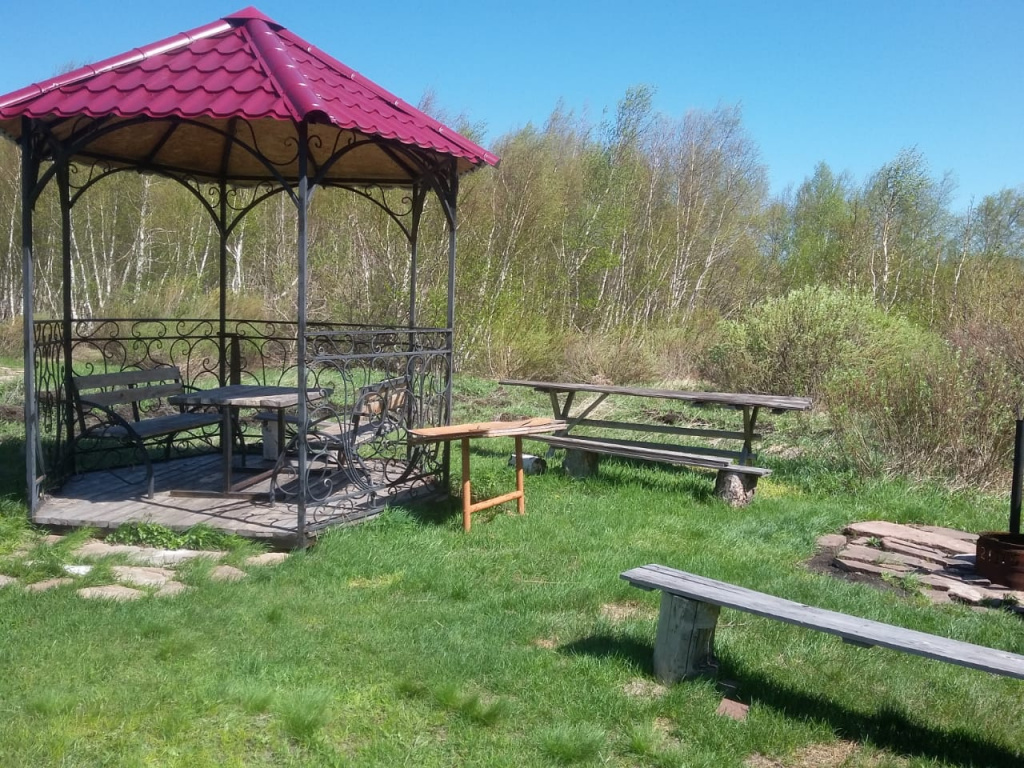
In addition to the animal and plant world in the Park “buiratau” you can learn a lot of interesting things from the history and culture of Kazakhstan. So, while following the routes, guides tell tourists legends about these places, and of course give information about the nature of the Park, history, and archeology. For example, on the section of the route “Sokolinye Gory” there are archaeological sites, namely the burial sites of the V-VII centuries “KOs Batyr”. Tourists can come here either by their own transport or by bus as part of organized tourist groups. Upon arrival at the checkpoint, all tourists are instructed by the state inspector, who distributes booklets, introduces the rules of visiting and the paid services provided.

One of the priority tasks of the Park is to increase the tourist flow. So in 2018, it was visited by 1,252 people, in 2019, 1,895 tourists. This year, due to the pandemic, the number of tourists has significantly decreased, with a total of 875 people during the season. However, in General, the tourist flow increases every year. The Park plans to reach 5 thousand visitors per season by 2025. Foreign tourists, mainly from China, Germany and Russia, also visit buiratau Park.
Photo courtesy of SNNP “buiratau”.
Information taken from the site EL.KZ

































